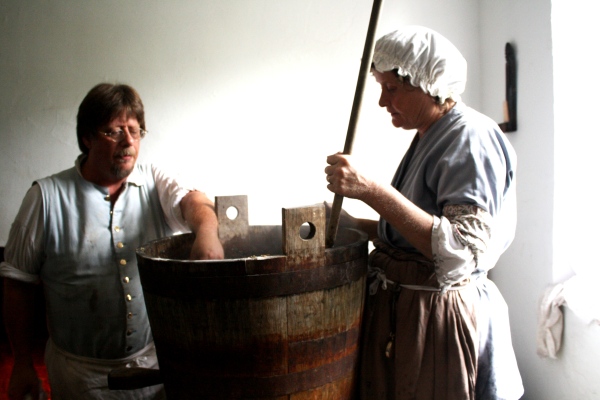 During the 1700s, in Colonial America, every hour was happy hour. And it didn’t matter your age, gender or status. Most people drank beer, ale, and cider all day long—with breakfast, lunch and dinner.
During the 1700s, in Colonial America, every hour was happy hour. And it didn’t matter your age, gender or status. Most people drank beer, ale, and cider all day long—with breakfast, lunch and dinner.
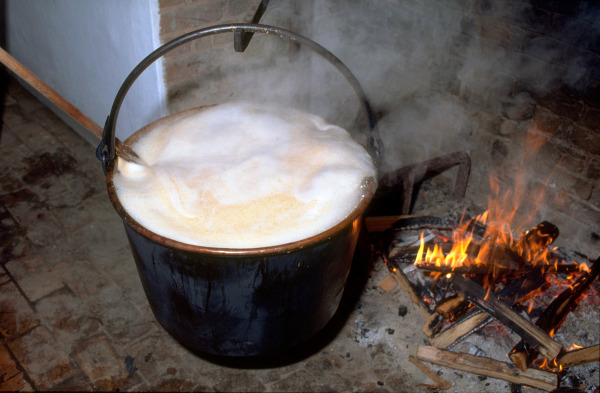 That’s just one of the interesting facts we learned when we stopped by the Palace Scullery for “The Arts and Mysteries of Brewing.” Frank Clark, Master of Historic Foodways, heads up the program and one cold, rainy morning in September, we decided to step into the warmth of the kitchen for what would become a fascinating history lesson… about booze.
That’s just one of the interesting facts we learned when we stopped by the Palace Scullery for “The Arts and Mysteries of Brewing.” Frank Clark, Master of Historic Foodways, heads up the program and one cold, rainy morning in September, we decided to step into the warmth of the kitchen for what would become a fascinating history lesson… about booze.
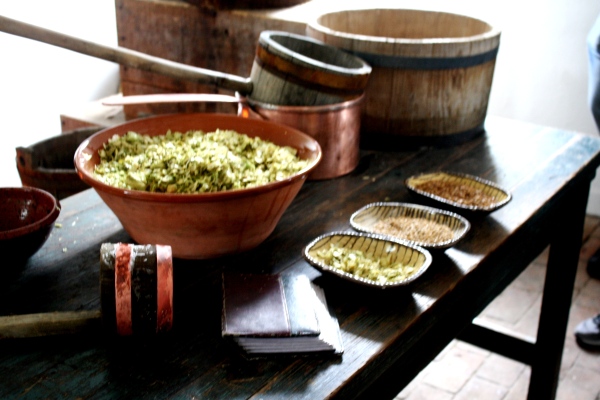 What hit me first was the smell of the beer brewing in the large pot. The best way to describe it is earthy. Neatly laid out on the table were the culprits: the ale’s main ingredients of grains and hops. As Frank and Barbara stirred, they started sharing stories, each one revealing more and more about our ancestors—who it turns out were quite the drinkers.
What hit me first was the smell of the beer brewing in the large pot. The best way to describe it is earthy. Neatly laid out on the table were the culprits: the ale’s main ingredients of grains and hops. As Frank and Barbara stirred, they started sharing stories, each one revealing more and more about our ancestors—who it turns out were quite the drinkers.
To be fair, it wasn’t as if they really had a choice. Back then, beer wasn’t an acquired taste, it was almost a required one. Well water could be contaminated with bacteria and drinking it could lead to all sorts of nasty infections including Cholera. Alcohol in moderation was also thought to have healing powers which is why it was often mixed into medicines. Not only was it safer to drink your own brew, it was healthier. At least that’s what the colonists thought. They considered beer to be nutritious.
So here’s my question and you may be wondering the same. If they were “throwing them back” from dusk ‘til dawn, does that mean the city was full of a bunch of drunkards? Frank says, not likely. Here’s why. By consuming alcohol slowly throughout the day, their bodies were able to process the alcohol before introducing more which likely kept the effects under control. So in essence, they were masters at pacing themselves. Also, it’s important to remember that without cars to drive or factories to work in, being a little tipsy in public wasn’t as much of a social faux pas as it is today.
We were also curious about the drinking age. Was there one? Not anywhere we could find—in England nor America during that time. However, it was considered very bad form to allow your children to wander around like lushes in the streets. Parents would often mix beer or cider with water. Ironically, one place where it was certainly acceptable to drink? School. The College of William & Mary had its own brewery. And beer wasn’t just for the older students and staff; kids in grammar school could also partake in a few beverages.
What do you think about drinking all day long? Are you surprised by this post?
For those of you interested in the actual brewing process, please check out Frank’s latest blog, Beer for Breakfast. He will walk you through it step by step.
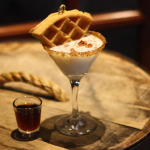
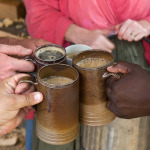
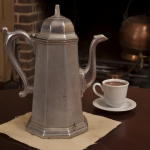
[…] the 18th century, many Americans believed alcohol could cure the sick, strengthen the weak, and generally make the world a better place. Many started and ended the day […]